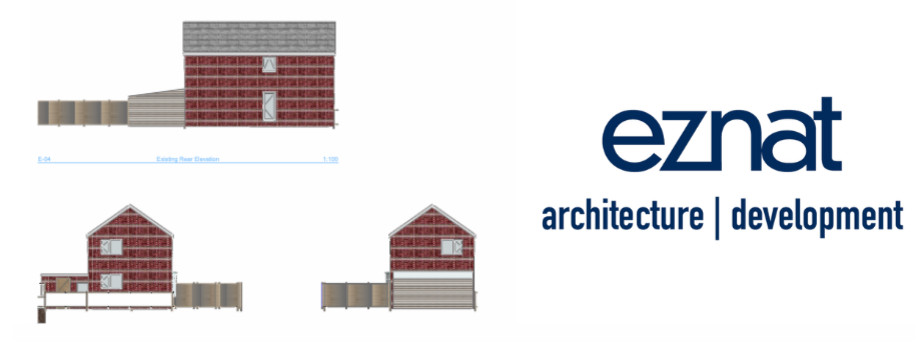Planning Consent: when and what
Posted on 22nd September 2021 at 10:26
It is possible for anyone to apply for planning permission, however, we strongly advise using the services of an experienced architect or planning consultant in order to save your time, money and remove the hassle which is often associated with seeking permission to build or demolish and to alter a building of almost any kind.
Engaged from the start, we design plans to your specification and gather supporting documentation to submit with the application to seek consent on your behalf.
Once the application is submitted to the local planning authority, the planning team publicise the application and display notices. The application is either approved with conditions, changes requested, or even refused.
Our designs illustrate what the public will see, how it will change the area, the view and the landscape etc. This is advertised; inviting comments from the public, neighbours and considering any disagreements that may arise. Throughout this time, we liaise with the planners on your behalf and manage the design for any conditions.
Some conditions can be onerous, for example the owner may have to agree to completing works on the adjacent land or property in question, which is not owned by them. An example is, say, commercial works - the owner can be required to enhance transport links following planned changes to access for a yard and in the case of residential new builds, children need to be provided with space to play - therefore the developer could be asked to contribute towards a play park. Some types of estate can be required to hide cars from view, so plans must include sufficient parking to cater for the number of houses being built.
Eznat can prepare an initial pre-planning application to establish whether the scale and nature of a proposed development would be acceptable to the local authority. This precedes a fully detailed planning application and can often save time if some elements of the proposal are precarious.
Full planning permission is where the owner requires carte blanche for their development.
Once permission has been granted, one of the critical conditions is a fixed period for works to commence, which is usually three years. If this period is exceeded, the permissions lapses and the process has to be repeated. On the other hand, once works have started and reached a certain level, that permission lasts forever.
Additional items that require planning consent, are signage and demolition. Anyone considering new sign for their premises must seek consent from the local authority or risk being forced to remove it. Demolishing a building is not clear cut - permission would be required when developing on a brownfield site and the demolition of existing buildings especially in a conservation area.
Planning consent covers new builds, building alterations, building from scratch i.e., erecting a structure where previously nothing was in place. This includes underground works of any type.
If you are thinking about any type of building project, or you have already started, we would be happy to advise on the best way to proceed. Please call us on 01482 775080 or email enquiry@eznat.co.uk.
Share this post:

